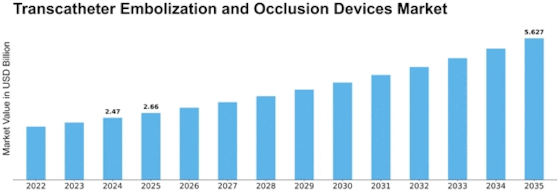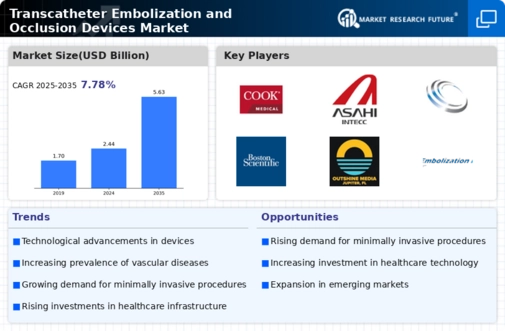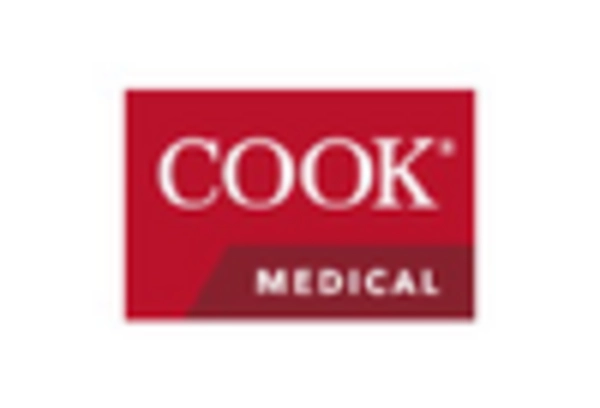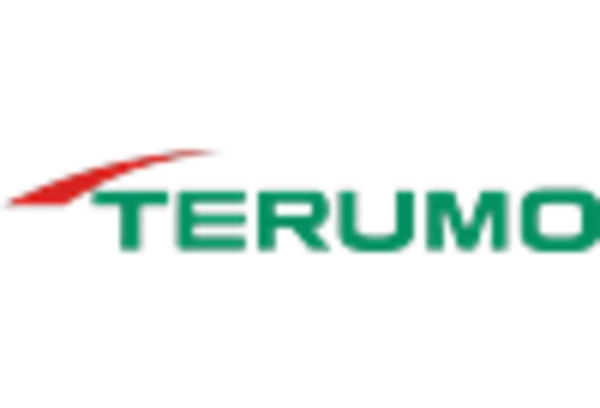Transcatheter Embolization And Occlusion Devices Size
Transcatheter Embolization and Occlusion Devices Market Growth Projections and Opportunities
The Transcatheter Embolization and Occlusion devices market is driven by numerous factors that define its dynamics and growth patterns. A crucial factor is the increasing prevalence of vascular diseases and conditions requiring transcatheter embolization and occlusion procedures. As aneurysm, arteriovenous malformations, uterine fibroids, among others are increasingly reported, there have been calls for minimally invasive treatment options utilizing transcatheter embolisation devices. These devices help in blocking or reducing blood flow to anomalous vessels thus providing effective therapeutic ideas to patients.
Technological advancements form another key market factor. Continuous innovation in designs and capabilities of transcatheter embolization and occlusion devices has resulted in more advanced solutions. This evolution of materials used, imaging technologies and delivery systems ensures that these devices are safe and adequate to use hence improving patient outcomes as well as encouraging more healthcare professionals to adopt them.
The trend towards minimally invasive procedures is a noteworthy market factor. Transcatheter embolisation/occlusion devices offer less invasive alternatives to traditional surgical interventions that minimize patient discomforts, reduce recovery timescales while decreasing surgical risks. The preference for minimal invasion strategies among stakeholders aligns with the growing need for better experience of patients thereby promoting the adoption of such tools.
Growing elderly population is also a significant market determinant. Older people are at higher risk of having various vascular conditions along with related ailments requiring transcatheter embolizations or occlusions interventions. Consequently, health practitioners have had to focus on this device because they seek means through which they can manage some conditions common within this age bracket.
Strategic collaborations between medical device manufacturers, research institutions and healthcare providers promote business development in this industry. These kinds of partnerships encourage research activities as well as clinical trials on them while deepening insights into vascular problems managing skills set ups. Pooling resources together creates synergies leading improved treatment protocols and advanced transcatheter embolization and occlusion devices.


















Leave a Comment